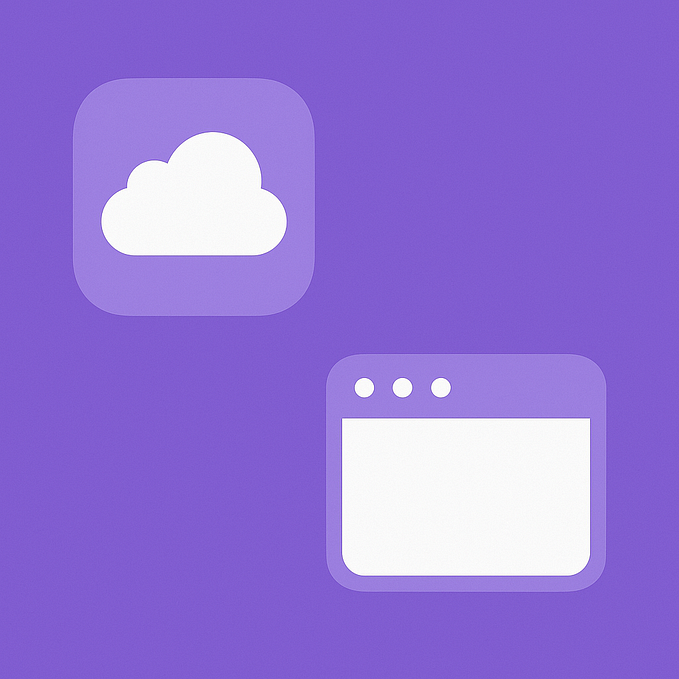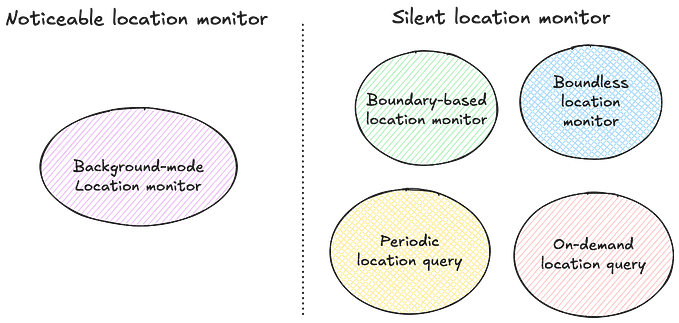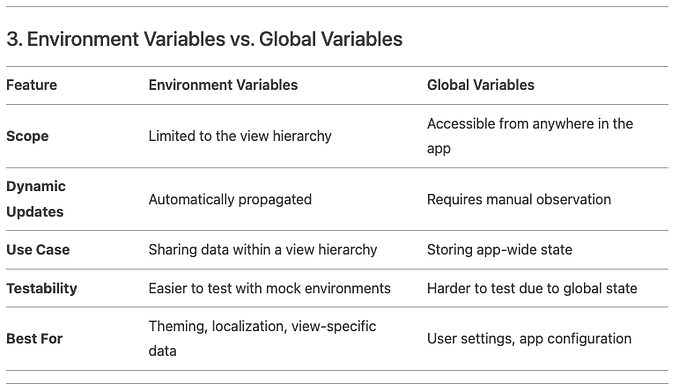5 things Customer Success team started doing differently at KNOLSKAPE
I was a back-end software developer for over 8 years and the last six months is the closest I have ever been to customers. I made a move to an unknown territory called “Customer Success” 6 months ago to manage KNOLSKAPE’s end to end operations and delivery. This is altogether a different ball game and I had to buckle up.
We were called Programs Team (because we manage development learning programs for corporates) back then, but it doesn’t reflect what we truly do day in and day out. We brainstormed and re-christened ourselves as “Customer Success Team”.
Setting up our Customers for Success.

Problems
Unlike other B2B SaaS products, our product offering is not 100% SaaS. There are a bunch of things that needs to be done outside the software for a seamless delivery. Some issues that clearly stood out were:
- Like every other startup, everybody does everything.
- Being reactive vs proactive
- The onus of prioritization of work is centralized to one member in the team. Adding to this are our constantly changing priorities.
- Todos are spread across sticky notes, emails, whatsapp and face to face conversations.
- Voice of the customer is not streamlined. It comes from different channels, un-documented. The bigger problem is to assemble and assimilate them to carve out an action plan.
5 things we started doing differently
You can’t manage what you don’t measure. If you can measure it, you can improve it.
Data-driven decisions are easier as it reflects reality.
- Planning and Prioritization

The day-to-day life of a customer success team is chaotic with constantly moving priorities and managing change requests while resolving customer queries and getting work done from other teams.
Now, the onus of managing priority is moved to the tool and every member in the team knows what’s coming in the next week and what’s overdue. This helps us not only in capacity planning of the team but also helps us to identify and lend a helping hand to a team mate who is submerged with too many tasks :-). We’re also starting to have huddle meetings to identify risks and blockers. With this the prioritization of the tasks is also de-centralized & no more sticky notes around.

2. Voice of the customer

It’s extremely important to let the customers know that we are listening. What is even more important is to let them know that we’re actively working on improving/fixing it.To get started, we first needed data to know where we stand today w.r.t product,support and customer happiness quotient.

With an able engineering team in hand, all we needed to do was to relay the criticality of measuring this metric. They helped in channelizing the feedback we get for the products. We also have set up our customer support satisfaction index on Freshdesk to improve our SLAs.
3. Clearly defining roles and responsibilities
Every body does everything which is great for a startup. But it doesn’t help to scale. We decided to go for a team structure that can scale with global business expansion in mind.
True to our company values “Setting up others for success”, every member in my team sets up each other for success in the whole value chain.
Product & Facilitation Operations → Product Support → Customer Success Manager(CSM) → Customers
The operations team configures the product flawlessly to ensure the support team receives less or no tickets which in turn leads to positive interactions for the CSMs with the customers. It’s a chain reaction after all!
4. Being Proactive
While we put our 100% in setting up the product configuration accurately there was always some scope for human error. To avoid this, we worked with the tech team to set up monitors/alerts to ensure we correct it before the customer points it out.
How do we measure the effectiveness of being proactive vs reactive?
The support team would carefully examine and categorize the issues based on the outcome of root cause analysis, Tech issue vs mis-config issue. This will be reviewed every month and will be fed back as input to appropriate teams as action items.
5. Closing the feedback loop

The team that exactly knows how our products are being used is the customer success team. We’re leveraging the data we have and relaying it to other teams in the organization to drive changes. We are clearly able to articulate what’s working and what isn’t (with data of course). We work with the product managers to understand how this can be solved going forward.
Again this feedback loop is an iterative process — Observe, Listen, Act, Re-Analyze, Improve
And finally, amidst all the chaos, we don’t forget to have fun!
Meet the Team who never ceases to put a smile on our customer’s face!







